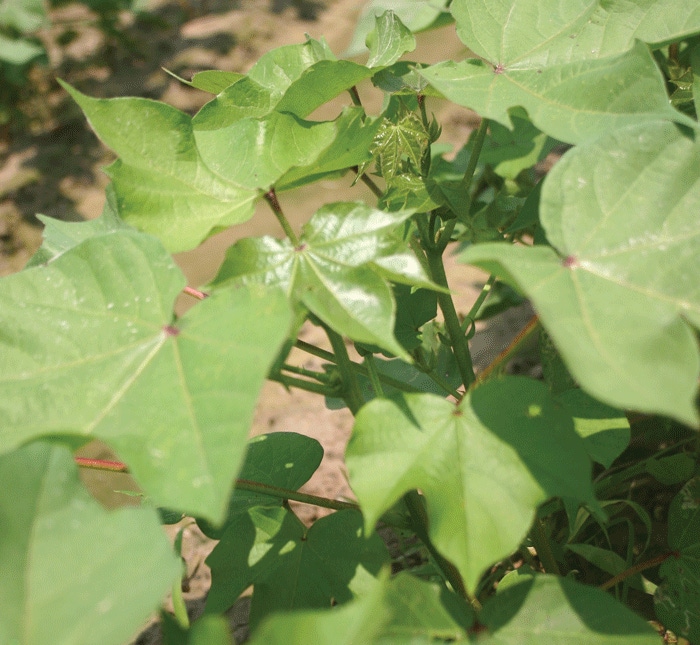
• Due to our recent rainy weather, a large amount of field border, ditch bank, CRP land and other plant bug host vegetation is present. This vegetation could result in significant plant bug levels (at least by North Carolina standards), if we get the hot, dry weather conducive for rapid drying of these plant bug hosts.
June 11, 2012

Most cotton producers should be “enjoying” a lull between the end of the thrips season and the time when plant bugs could show up as a square loss issue.
Due to our recent rainy weather, a large amount of field border, ditch bank, CRP land and other plant bug host vegetation is present. This vegetation could result in significant plant bug levels (at least by North Carolina standards), if we get the hot, dry weather conducive for rapid drying of these plant bug hosts.
During the pre-bloom period of squaring, assessing the need for treatment is relatively straightforward, because high upper square retention (80 percent or more) typically indicates plant bugs are not an economic issue at that time.
Conversely, square retention of less than 80 percent signals the need for sweep net sampling to determine if the treatment level of 8 plant bugs per 100 sweeps exists.
In most years in North Carolina, square retention levels are often in the 95 percent-plus range.
Once blooming begins, a drop (aka beat cloth) is the sampling device of choice for a combination of adult and especially immature plant bugs.
Additionally, although usually not widespread consistent pests in North Carolina, cotton aphids and spider mites can be a real pain on some farms.
Finally, every year brings its share of insect surprises. This year will be no different
You May Also Like



